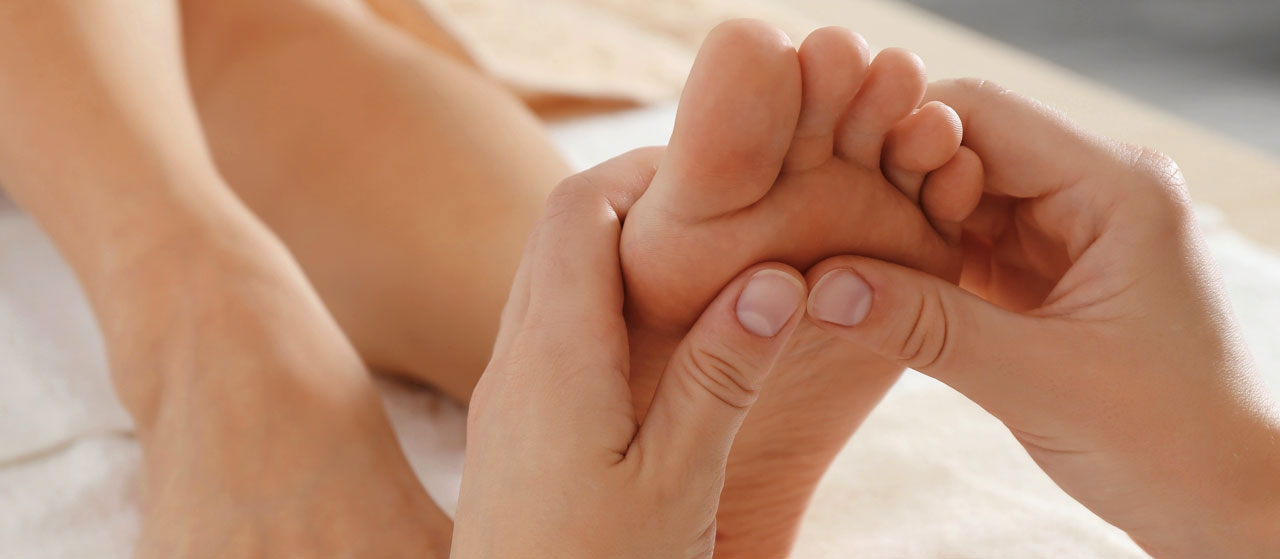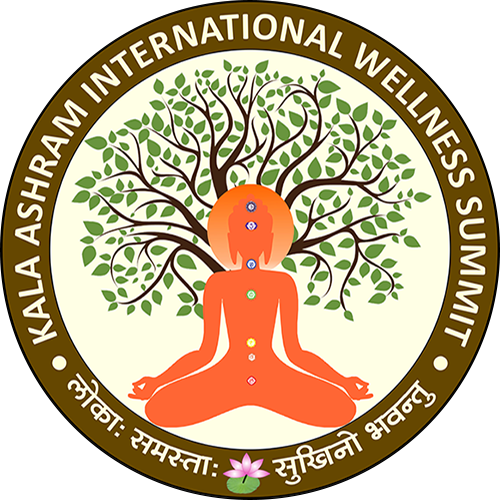Massages
Ayurvedic Massage
It involves the massage using different ayurvedic herbal oils selected according to your body constitution (Prakruti) after doctor consultation. There are specific strokes mentioned in different parts of the body. The common type of ayurvedic massage is Abhyanga. It can be done in a synchronized manner either by two or by four therapists. Other procedures include Udvarthanam – a kind of herbal powder massage, Shirodhara – pouring of luke warm medicated oil on to the forehead followed by light head massage, Samvahana light massage, Padaghata – massage using legs etc.
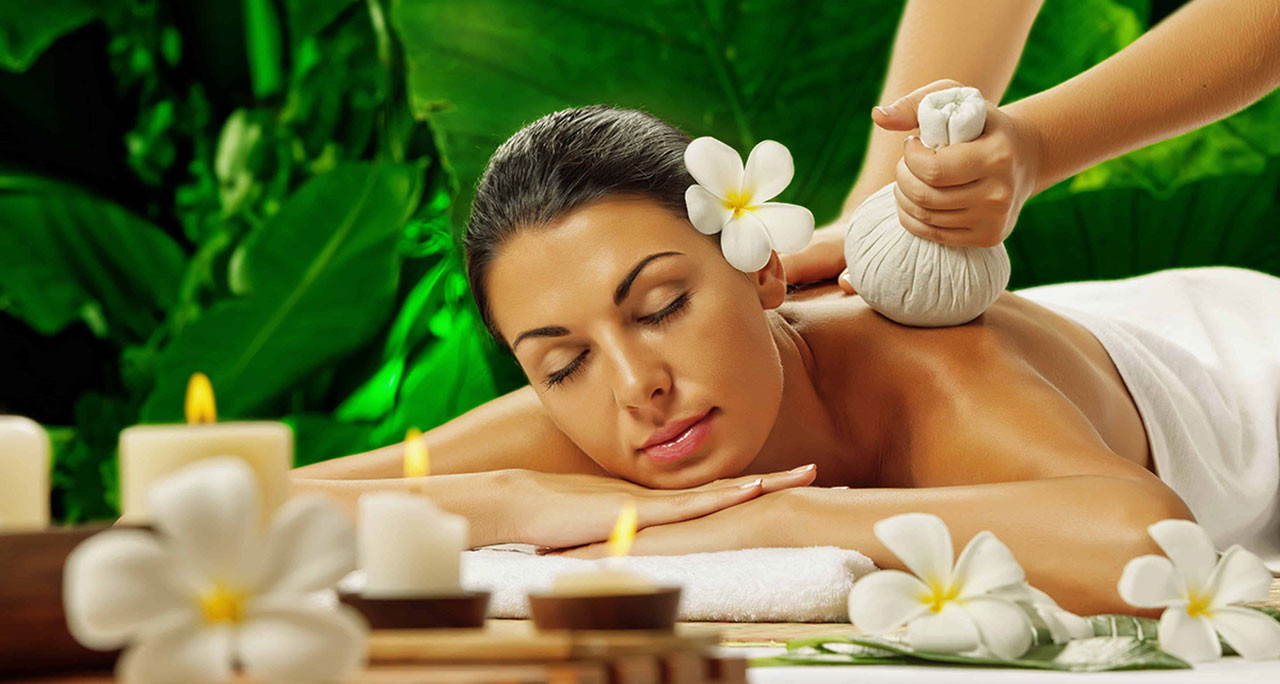
Swedish Massage
It is one of the most commonly used massage techniques that involve soft, long, kneading strokes, friction, tapping, percussion, vibration and effleurage, as well as light, rhythmic, tapping strokes, on topmost layers of muscles. Relaxation to the body by this massage is accomplished by rubbing the muscles with long gliding strokes in the direction of blood returning to the heart. But Swedish massage therapy goes beyond relaxation. Swedish massage is exceptionally beneficial for increasing the level of oxygen in the blood, decreasing muscle toxins, improving circulation and flexibility while easing tension.
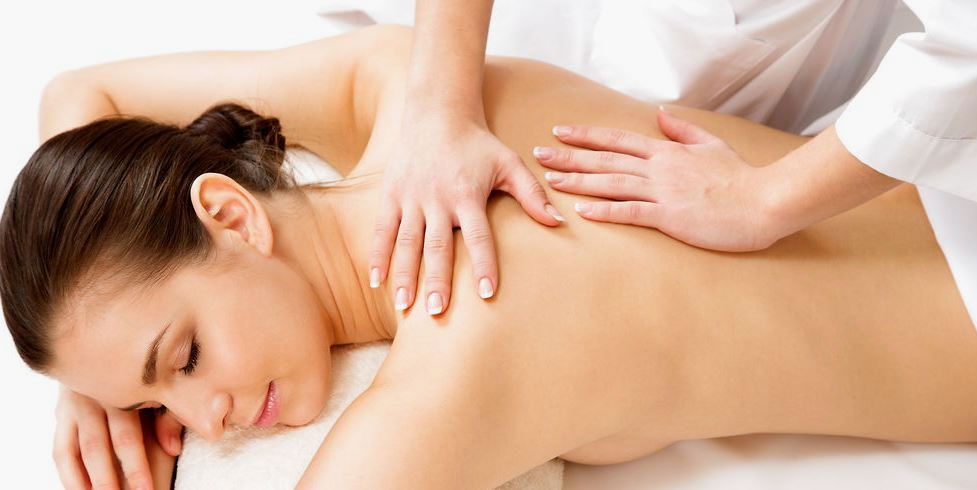
Deep Tissue Massage
Deep tissue massage therapy is similar to Swedish massage, but the deeper pressure is beneficial in releasing chronic muscle tension. The focus is on the deepest layers of muscle tissue, tendons and fascia (the protective layer surrounding muscles, bones and joints). Deep tissue massage techniques are used to break up scar tissue and physically break down muscle “knots” or adhesions (bands of painful, rigid tissue) that can disrupt circulation and cause pain, limited range of motion, and inflammation.
Common techniques include:
- Stripping: Deep, gliding pressure along the length of the muscle fibers using the elbow, forearm, knuckles and thumbs.
- Friction: Pressure applied across the grain of a muscle to release adhesions and realign tissue fibers.
- Massage therapists may use fingertips, knuckles, hands, elbows, and forearms during a deep tissue massage.
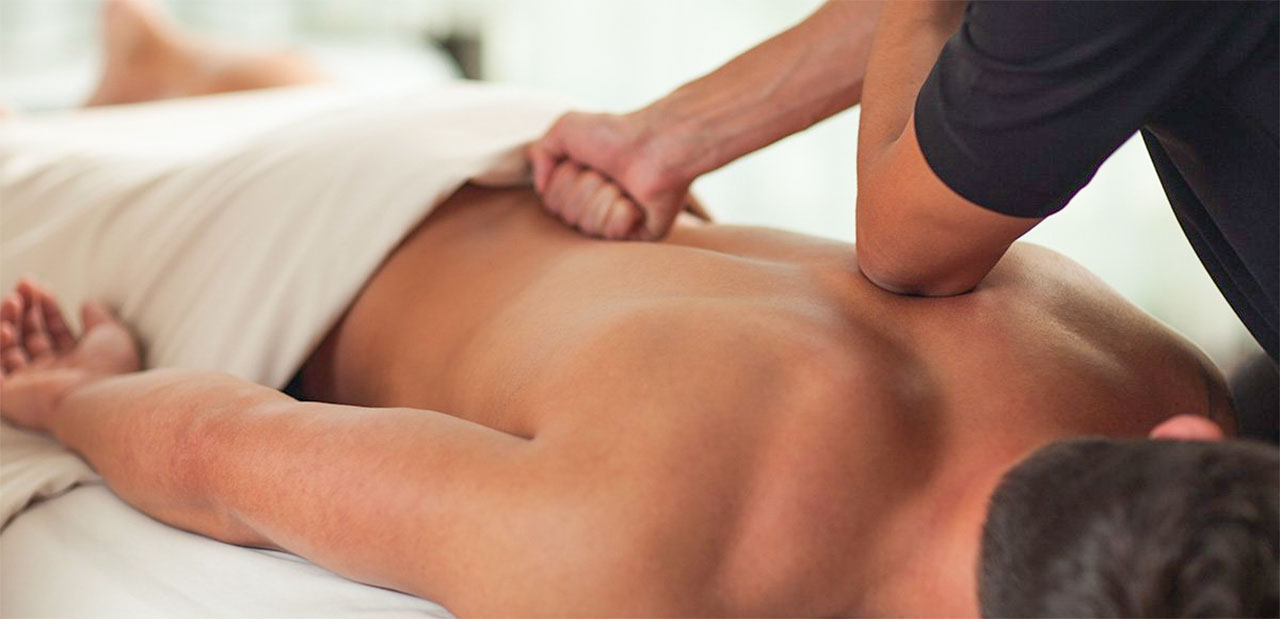
Hot Stone Massage
This type of therapeutic massage is similar to a Swedish massage, only the massage therapist uses heated stones in lieu of or in addition to their hands. It eases muscle tension, improves blood flow and relieves pain by using heated stones. The localized heat and weight of the stones warm and relax muscles, allowing the massage therapist to apply deeper pressure to those areas without causing discomfort.
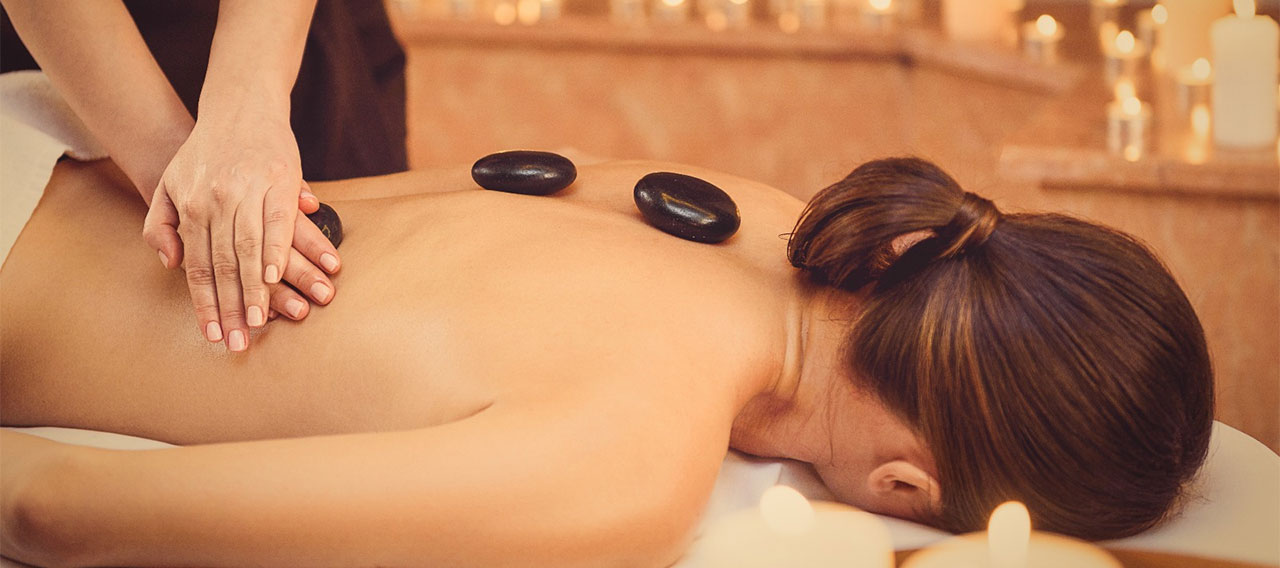
Shiatsu Massage
In the Japanese language, shiatsu means “finger pressure”. Shiatsu techniques include massages with fingers, thumbs, feet and palms; assisted stretching; and joint manipulation and mobilization. The Japanese Ministry of Health defines shiatsu as “a form of manipulation by thumbs, fingers and palms without the use of instruments, mechanical or otherwise, to apply pressure to the human skin to correct internal malfunctions, promote and maintain health and treat specific diseases.
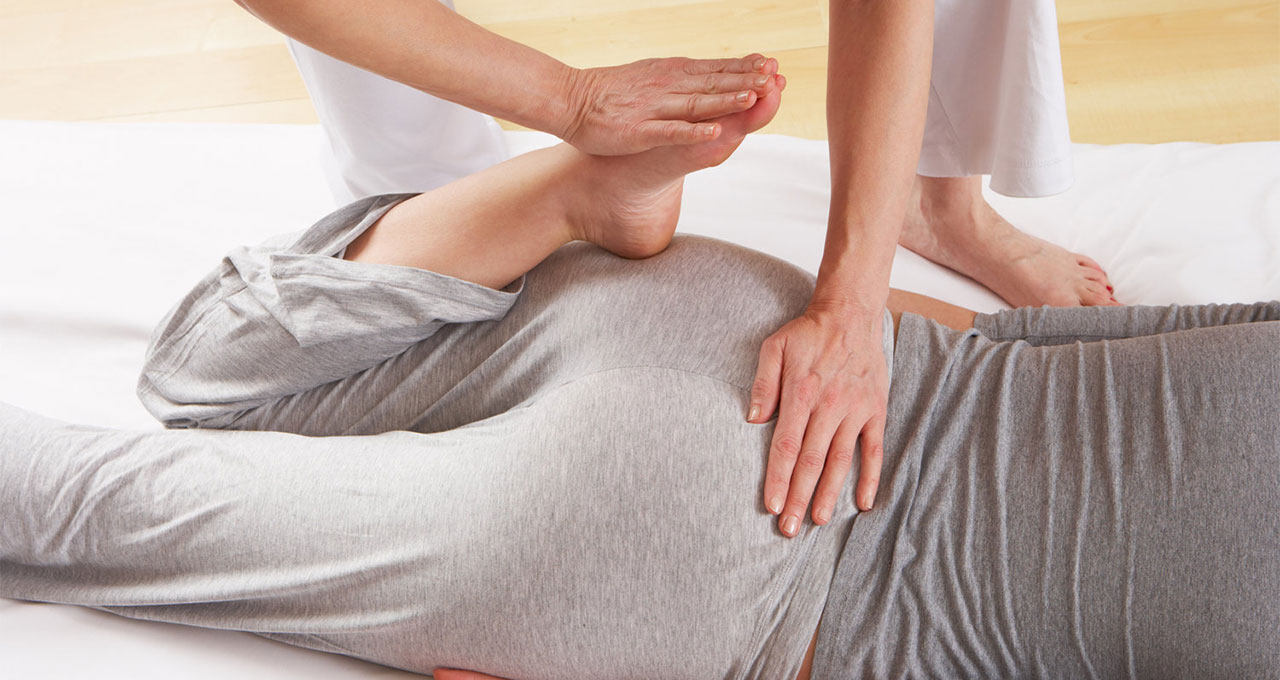
Thai Massage
Thai massage works on the basis of the existence of the ‘energy body’, which includes ‘sen’ or energy lines. The ten main ‘sen’ are addressed using pressure, compressions and stretches, releasing blockages to restore the free flow of life energy. Thai massage is a combination of gentle rocking and stretching movements to loosen joints and muscles. It is carried out on the floor, usually lying on mats and has earned the name in some quarters as ‘yoga for lazy people’ since it is something done to a person, by another person rather than by themselves. Thai massage is considered a perfect complement to any exercise routine and can be used as a form of physical therapy to help increase the range of motion and muscular strength. The treatment also can provide relief for pain and muscle tension, lead to increased flexibility and improve the blood and lymph circulation.
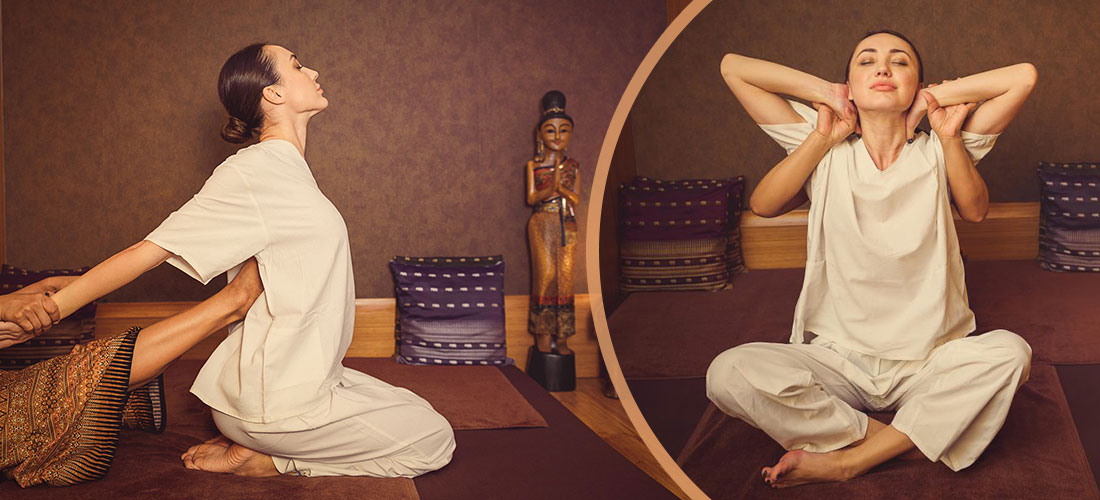
Reflexology
Reflexology is a type of massage that involves applying different amounts of pressure to the feet, hands, and ears. It’s based on a theory that these body parts are connected to certain organs and body systems. Reflexology is also known as Zone Therapy.
The theory of reflexology is that all the systems and organs of the whole body are mirrored or reflected in smaller peripheral areas, for example the feet, hands, ears and face. Back in the 1920’s investigative studies regarding this concept allowed the first western reflexology foot map to be produced. Since that time the other anatomical areas have been mapped allowing this model to be applied to the hands, ears and face. The reflexologist simply works those reflected areas with their sensitive fingers, aiming to bring those areas back to balance and therefore aiding the body to work as well as it can. Reflexology very much works on an individual basis; the reflexologist provides professional facilitation of your body’s own potential for well-being.
